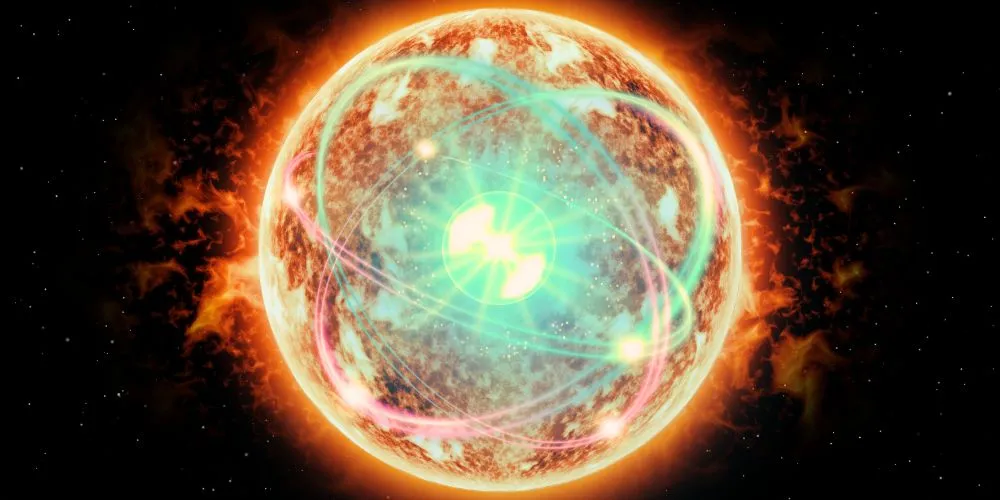Key Points:
- Scientists have achieved a significant breakthrough in fusion energy technology, bringing the dream of harnessing fusion power closer to reality.
- Fusion energy offers a virtually limitless, clean power source with minimal waste and no risk of runaway reactions.
- Recent advancements include achieving sustained fusion reactions with a net energy gain, a critical milestone for commercial fusion power.
- Fusion energy technology holds immense promise for meeting global energy demands, mitigating climate change, and enabling space exploration.
Scientists have achieved a significant breakthrough in fusion energy technology, a development poised to revolutionize the global energy landscape. Fusion is the process that powers the sun and stars and holds immense promise as a limitless and clean energy source. Recent advancements have brought the dream of harnessing fusion power closer to reality than ever before.
Fusion energy, often called the “holy grail” of sustainable power generation, involves fusing atomic nuclei to release energy. Nuclear fission powers conventional nuclear reactors and produces radioactive waste, but the fusion generates minimal waste and poses no runaway reaction or meltdown risk. Moreover, fusion fuel sources like isotopes of hydrogen are abundant and widely available.
At the forefront of this transformative leap forward is the development of fusion reactors capable of confining and controlling plasma—the superheated gas that fuels fusion reactions. Scientists have made significant strides in creating magnetic confinement devices, such as tokamaks and stellarators, which can contain plasma at temperatures exceeding tens of millions of degrees Celsius.
One of the most notable breakthroughs in fusion energy technology is the achievement of sustained fusion reactions with a net energy gain. Experimental fusion reactors have demonstrated the ability to produce more energy from fusion reactions than is required to sustain the reaction—a critical milestone on the path to commercial fusion power.
The promise of fusion energy extends beyond its environmental benefits. It offers the potential to meet humanity’s ever-growing energy demands. Fusion reactors produce no greenhouse gas emissions or long-lived radioactive waste, making them a clean and sustainable alternative to fossil fuels and conventional nuclear power.
Moreover, fusion energy technology is key to unlocking space exploration and colonization endeavors. Compact and efficient fusion reactors could provide the energy needed for long-duration space missions, enabling humanity to reach distant planets and explore the cosmos like never before.
As research and development efforts in fusion energy technology continue accelerating, governments, research institutions, and private companies worldwide are investing heavily in fusion research initiatives. Collaborative projects such as the International Thermonuclear Experimental Reactor (ITER) in France and the SPARC project by Commonwealth Fusion Systems in the United States are pushing the boundaries of what’s possible in fusion energy.
The journey towards practical fusion power generation is not without its challenges. Scientists must overcome technical hurdles related to plasma confinement, materials engineering, and reactor design to achieve sustained fusion reactions at a commercial scale. However, with unwavering dedication and unprecedented international cooperation, the fusion energy revolution is on the horizon.










